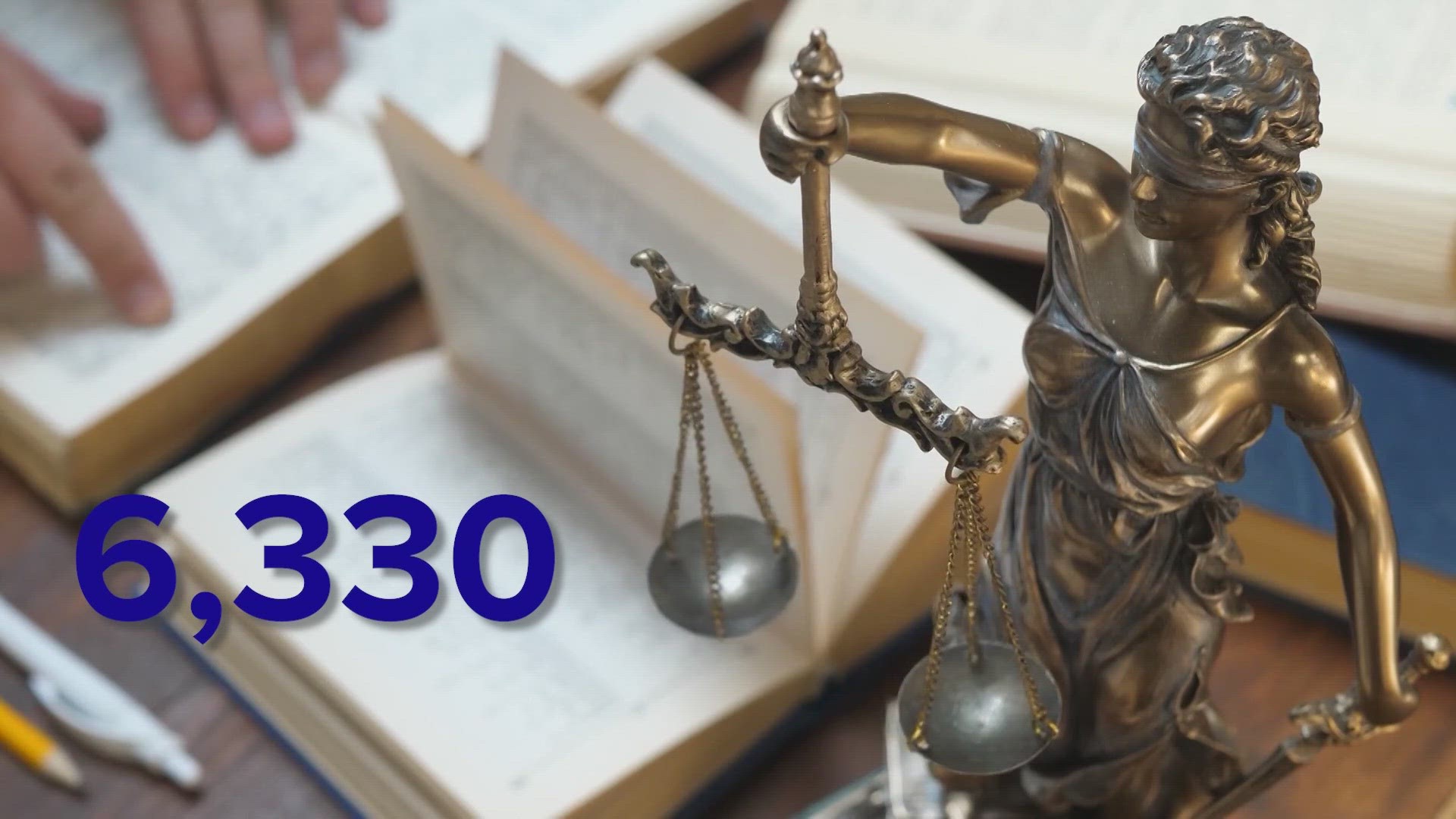SAN ANTONIO — Bexar County District Attorney Joe Gonzales said his office is starting to chip away at a backlog of felony cases that built up ever since the pandemic.
He said a plan they put in place in November has been a success, trimming down the backlog by 11 percent. Gonzales said 45 of his prosecutors are working after hours and on weekends to address 6,330 backlogged cases.
This comes after the DA faced backlash following a rash of shootings involving police last summer. Gonzales said those events led to collaboration between his office, SAPD, city and county leaders.
“One of the results that we’ve seen is identifying some areas in the district attorney’s office that can stand improvement and one of those areas is the backlog in our intake division,” Gonzales said.
He calls the prosecutors working overtime the high-risk intake team. Gonzales said they are taking on violent crime and repeat offenders.
“We are focusing on violent offenses,” Gonzales said in front of county commissioners Tuesday. “We are focusing on everything we can do to keep our community safe.”
This past week, he gave an update to the county commissioners. It was two and half months ago when he was asking them to utilize existing funding to pay for the initiative. They approved the plan and allocated $300,000.
Gonzales said they have indicted, rejected or reached a plea deal in 589 cases.
“We’ve been able to reduce the backlog to the tune of about 11 percent reduction,” Gonzales said.
The district attorney said most of the suspects were facing felony firearm, assault, or drug charges. This initiative comes as his office continues to face staffing shortages.
“We have about 14 vacancies,” Gonzales said.
Still, he said his office is reviewing more cases, resulting in more indictments. He compared six weeks from January to February of last year to this year and said indictments have increased by 74 percent.
“We’ve had a lot of successes with violent crimes,” Gonzales said. “We’ve had a lot of successes with prosecuting cases where we have the evidence.”
He said so far, they have only used about 12 percent of the $300,000 set aside to pay for the program. He said he is confident they will be able to afford the initiative for “awhile”.

